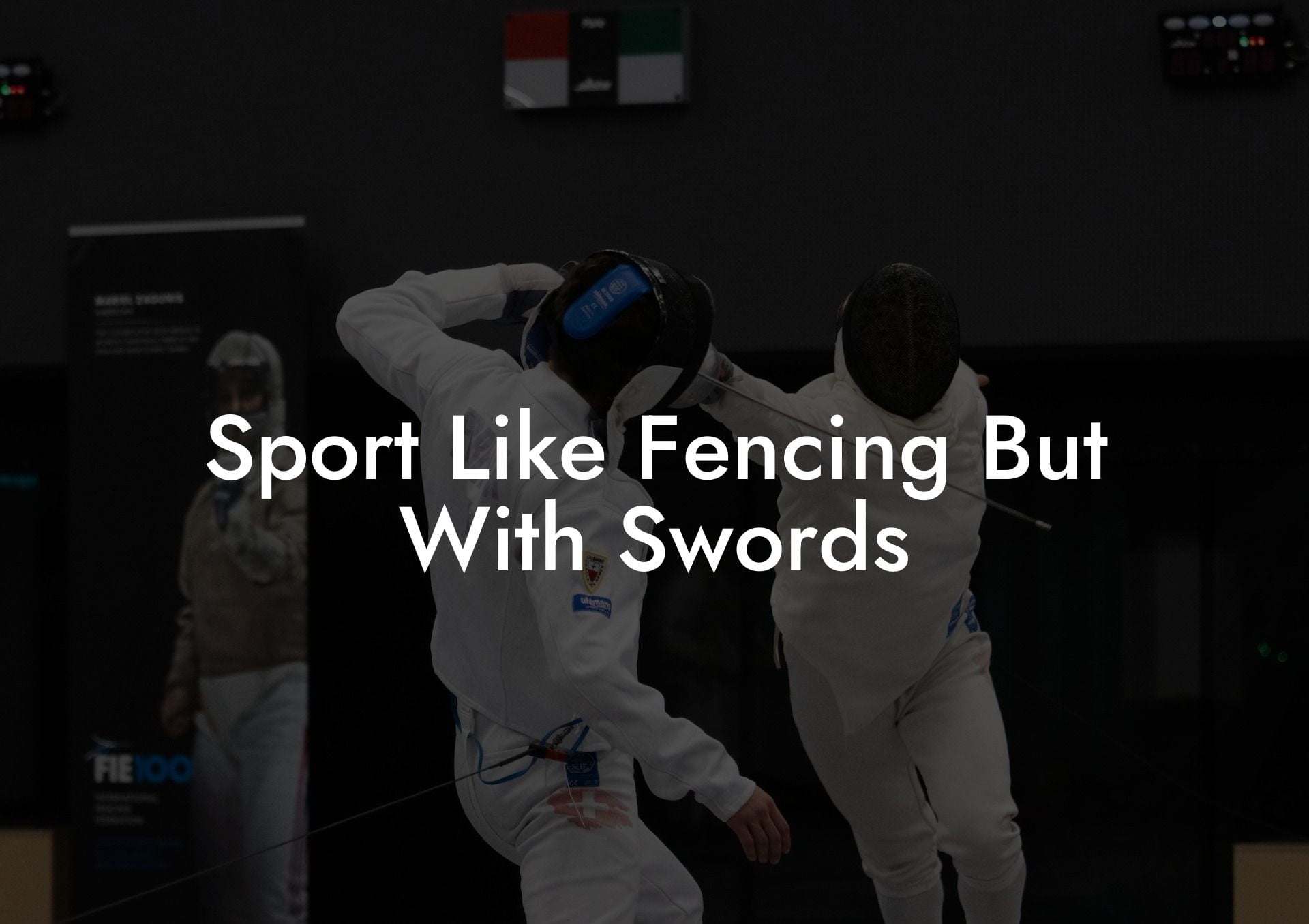If you're a fan of fencing and have also dreamed about dueling with swords just like in movies, then you're in luck! In this article, we at Anchorage Fencing Club will delve into a sport that's quite like fencing but with swords, exploring its origins, benefits, and how to get started. Join us in unmasking this captivating combat sport that could soon be your next thrilling adventure!
Discovering Historical European Martial Arts (HEMA)
Historical European Martial Arts, or HEMA, is a fascinating umbrella term encompassing various martial arts that originated in Europe and its surroundings. The main difference between HEMA and fencing is that HEMA enthusiasts explore historical combat systems with various weapons, including but not limited to, swords, daggers, polearms, and even unarmed combat styles.
HEMA vs. Fencing: The Sword-fighting Showdown
While both HEMA and fencing are rooted in historical European combat, there are key differences worth noting:
- Fencing has evolved into a modern sport with standardized rules and equipment, making it more accessible to the casual athlete.
- HEMA is a more research-based pursuit that recreates the techniques, tactics, and spirit of older martial arts. The rulesets in HEMA tournaments may vary depending on the organizers and participants.
- HEMA regularly includes sword types that are not commonly found in fencing, such as longswords, rapiers, and sabers.
Navigating HEMA Weapons
In HEMA, there's more to swordplay than just swashbuckling. Here's a quick overview of some popular HEMA weapons:
- The Longsword: Often considered the 'poster child' of HEMA, the longsword is a versatile two-handed weapon with a double-edged blade that's great for both cutting and thrusting.
- The Rapier: Known for its elegance, the rapier is a thrusting-centric one-handed weapon with an elaborate basket hilt to protect the hand.
- The Saber: Popularized by cavalrymen of old, the saber has a broad, curved blade primarily used for cutting.
Achieve Mastery with Martial Manuals
HEMA practitioners rely heavily on historical texts and manuals to learn martial techniques. These sources, often called "treatises" or "fechtbucher," contain invaluable information on how masters from different time periods and regions taught their pupils the art of combat.
Getting Started with HEMA: Arm Yourself With Knowledge
So, you're ready to take up HEMA? Great! Here are a few steps to get you started:
- Research HEMA clubs or groups in your local area. Participating in events and classes is a fantastic way to immerse yourself in the world of HEMA.
- Find online resources like YouTube channels, forums, and even social media groups focused on HEMA for guidance and technique tips.
- Invest in a good-quality synthetic practice weapon, which is an affordable and safe option when starting out. It's important to feel confident and secure before progressing to steel weapons.
- Consider attending HEMA events like workshops, tournaments, and conferences to expand your knowledge and network within the community.
Sport Like Fencing But With Swords Example:
Now that you've explored the exciting world of Historical European Martial Arts, it's time to put your passion into action. Get started by connecting with your local HEMA community, learning from practitioners, and challenging yourself with new techniques. Don't forget to share this article with fellow fencing enthusiasts and the like who are looking for a fascinating new adventure. And, as always, be sure to explore other articles and resources at Anchorage Fencing Club for all things historical and modern swordsmanship!













